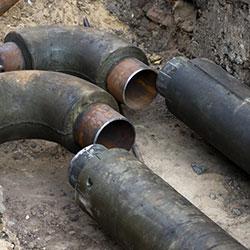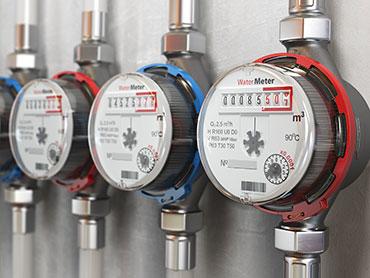Evaluating water loss control activities undertaken for their effectiveness is integral to successful water loss control. Evaluating data, tracking progress, comparing results to industry benchmarks and performance indicators, and identifying areas for improvement are the last steps in water loss control and are important for refining water loss control activities. A formal water loss control program consisting of all the above practices together with goals, assessment measures, and assigned responsibilities will help suppliers: reduce unnecessary water withdrawals, environmental impacts from those withdrawals, and pumping and treatment costs; bolster revenue collection by addressing metering inaccuracies and unauthorized water use; and target maintenance efforts and infrastructure investments to minimize system disruptions and improve system integrity.
Communities should develop and implement a water loss control program. Guidance on water loss control programs can be found in EPA’s “Control and Mitigation of Drinking Water Losses in Distribution System” as well as AWWA’s M36. Communities may already be performing many aspects of a water loss control program. Items to include in a water loss control program are:
- An annual water audit to better focus efforts on reducing real and apparent losses.
- Program goals and assessment measures.
- Record keeping, including tracking losses, leaks, and repairs.
- Leakage management program. Leakage management includes leak detection surveys and repair and depending on the system may include zone flow analysis, district metered areas, and pressure management.
- System assessment and maintenance. To help eliminate and prevent leaks and water loss, water suppliers should perform assessments of their systems on a regular basis to determine where capital improvements are appropriate and incorporate the recommendations into a long-term capital improvement program. Specifically, aged and undersized or structurally deteriorated pipe should be replaced, and structurally sound pipe should be cleaned and lined to ensure long-term structural integrity.
- Standards for installation, repairs, rehabilitation, and replacement of pipe. Poorly executed pipe installation and workmanship can contribute to unnecessary leakage, especially work done on service connections. All pipe work, repairs, and connections should be designed properly, executed properly, and inspected.










